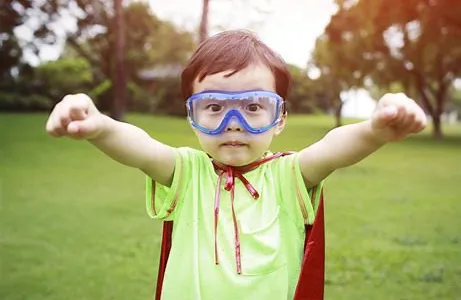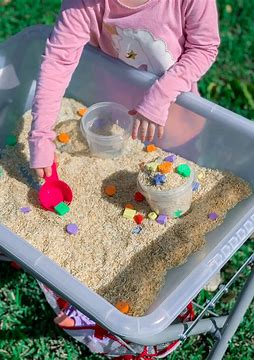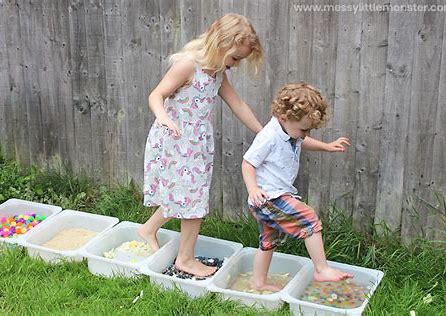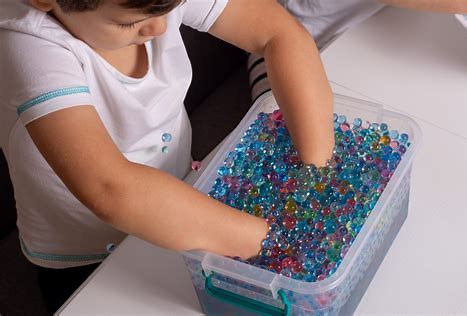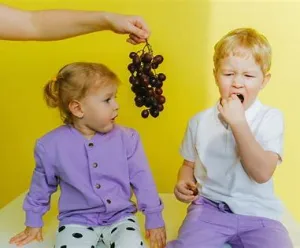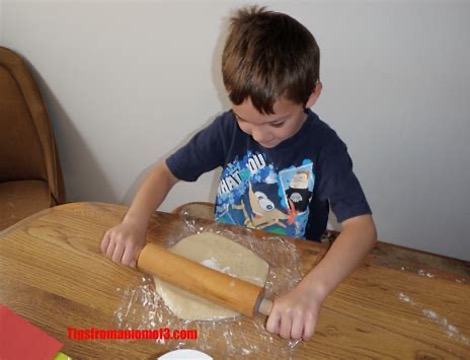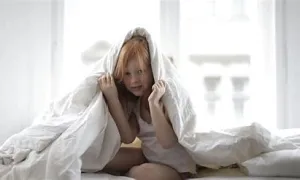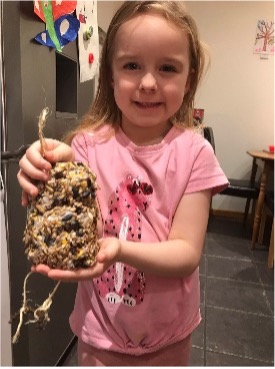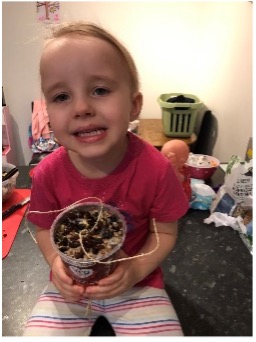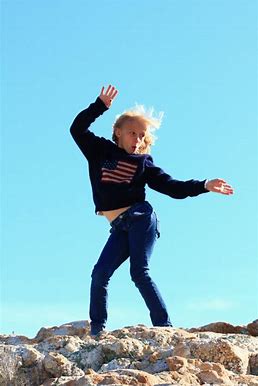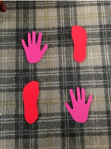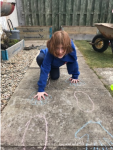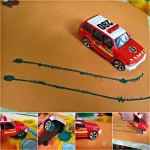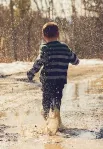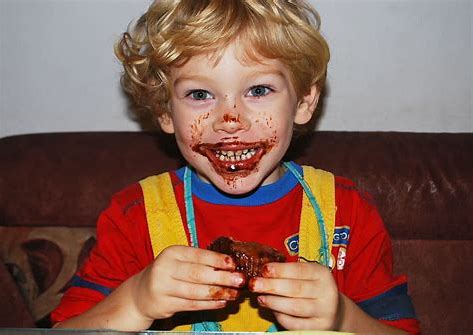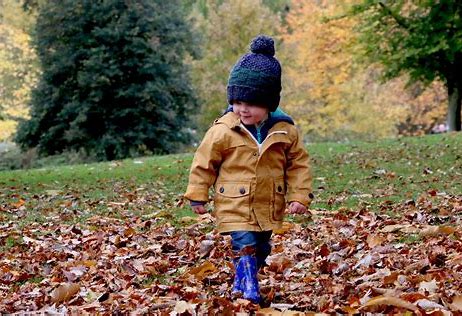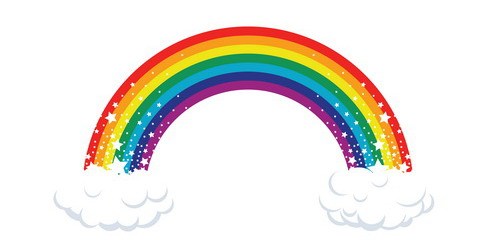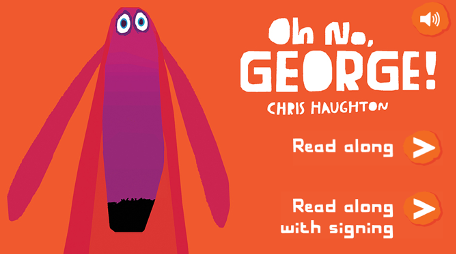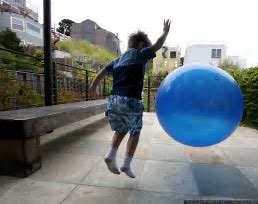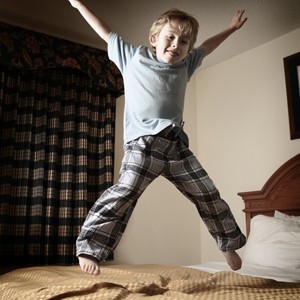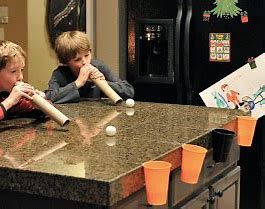
Thank you for visiting our website!
Playing and talking together, having fun, a listening ear and loving kindness – that’s all our young children need from us to learn and develop right now. This website has lots of ideas for play and learning, or for if you have concerns about a child’s development too.
These pages are created by people living and working in the Highlands of Scotland, but everyone is welcome to use them. You can find out more about us using the About menu
Play ideas
If you are looking for ideas how to help young children learn at home through play, scroll down! Or search using the tags.
Help with children’s development
If you are looking for more general information about early child development and how to support this, then please use the menus above, or go to this link

